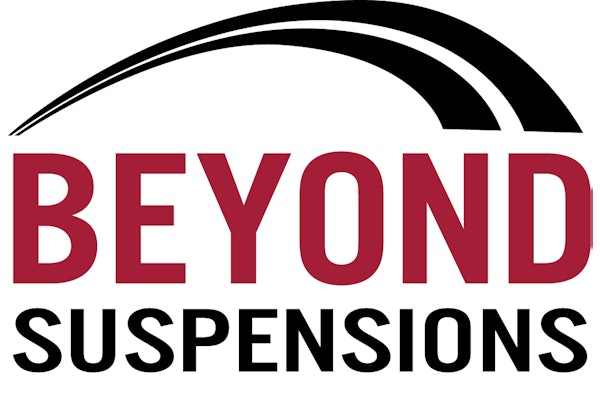Annual Plan … three-year outlook … LRP… August starts the planning season. While it is hard to guess even how 2013 ends, looking further out (forward and back) can be helpful.
Business cycles are funny things. Some just appear (usually recognizable only after the fact) and patterns emerge. An interesting pattern in the heavy-duty parts business seems to revolve around a ten-year cycle of milestones beginning in 1967:
1967 Channel Organization
CFS formed by leading independents;
Marvin Rush makes his first big fleet sale (100 units);
Paccar forms Dynacraft to capture more parts sales.
1977 Regulation & Computers
The ICC begins deregulating trucking;
Transnet is formed to electronically send orders.
1987 OEM Distress
Roger Penske buys a struggling Detroit Diesel from GM;
International Harvester restructures into Navistar.
1997 New Financing Sources
FleetPride and Transcom introduce consolidation;
Rush is first ever vehicle franchise dealer IPO.
2007 Creative Disruption
EPA II market disruption;
Private Label and China;
Recession and the ‘new normal’;
NAPA’s formal entry into heavy-truck parts.
During this time, the industry has emerged as a $15 billion higher tech tangle of constantly morphing end users and regulations. Product life cycles are the briefest in history, while the shortage of trained personal has hit extremely troubling levels.
Technology has gone on a tear, forming the basis for the fastest evolutionary phase since trucking got started in the 1920s. So, how about some predictions for products and distribution over the next ten years?
• Belt-less, diesel-electric hybrid integrated power plant/drive systems, with all electric PTO and collateral accessories feeding off a 500+volt system;
• 360 degree driver vision with auto reactive safety/collision avoidance systems monitored in a heads-up display glass cockpit, which also features a complete HR black box for driver management, insurance, CSA and law enforcement;
• Wireless lighting and braking monitored down to the fastener level by RFID derivative chips reporting directly to on-board vehicle management systems;
• Computer controlled, self-aligning springless suspensions that control stability of the vehicle by pulsing a current through ferro-magnetic fluid filled ‘shock absorbers’ modules whose stiffness varies with electrical charge;
• Speed sensitive, aerodynamically adaptable ‘NAFTA Liners’ specifically designed for long haul, highway only operation, covered in power generating trailer coatings with superior insulating properties and self-illumination capability.
A different beast, indeed — limited hydraulics, no pneumatics, less wiring — basically plastic bodied and lubricated by soybeans and used French fry grease. Not your father’s Class 8 truck!
How about the supply industries that make these things work:
• All remaining Class 8 truck builders will employ factory owned/operated retail chains to distribute vehicles and to provide major fleet warranty service;
• Independent parts and service organizations will migrate into two distinct channels- ESystem/Service Specialists and Legacy Parts (and service) Centers;
• Federal licensing/certification becomes mandatory for technicians servicing emission or safety related systems, training for which will come from for-profit tech schools and community colleges;
• Training on legacy and low tech maintenance will be provided through a guild-like, service industry supplier supported distance learning model;
• Combinations of parts and component suppliers will operate complex common supply chains that allow ‘virtual logistics consolidation’ for smaller (and foreign) suppliers and force traditional distributors to look downstream for margin improvement.
Agree? Disagree? Neither the product nor the distribution models outlined above are necessarily good or bad for anyone reading this … unless you simply dismiss these possibilities as futurist hogwash.
These may not happen exactly as described — but they will happen.
Not convinced? Consider that every single one of the product/technologies described already exists and is being developed for market by your existing suppliers today.
As to the changes in the support side of the heavy-duty business, you need only look at other markets that have gone through a period of wrenching change in their base technologies to see the trends that surface time after time.
Business cycles are funny things, easily recognized in the rearview mirror. The real trick is to see them coming.
Bill Wade is a partner at Wade & Partners and a heavy-duty aftermarket veteran. He is the author of Aftermarket Innovations. He can be reached at [email protected].







